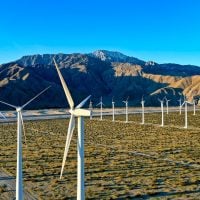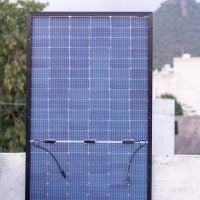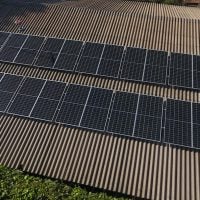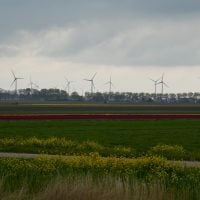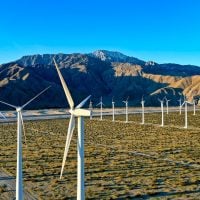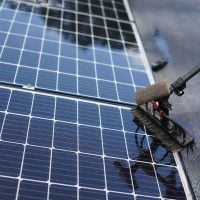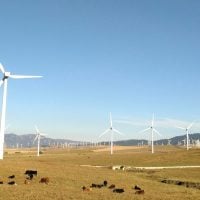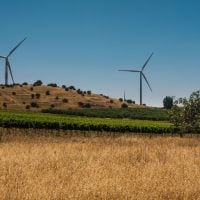Deadline: 20-Sep-23
The Natural Environment Research Council (NERC) is now inviting applications for the Engaged environmental science: public engagement with environmental science research to move from environmental diagnosis to environmental cure.
NERC is looking to fund three exemplar projects that demonstrate excellence in engaged environmental science research.
Projects will deliver environmental science research outputs and outcomes through the employment of excellent engaged research methodologies and approaches alongside other research and innovation methodologies to deliver quality environmental science outcomes and impacts.
Projects will deliver high quality environmental science research that must respond to both:
- scientific needs within NERC remit, and
- needs of public and community groups
Objectives
- Projects will:
- plan, deliver and evaluate engaged environmental science research and innovation that delivers both high quality environmental scientific research outputs and outcomes and high-quality public engagement, to address a significant environmental science question
- Alongside robust environmental science plans for delivery, the engaged elements of the proposed project will:
- demonstrate the benefit of engaged research as an effective environmental science research methodology
- generate positive change in society, economy, environment and other types of outcomes and impacts
- exemplify responsible research, for example through listening, collaborating with and responding to members of the public to ensure the research conducted is relevant to different groups of people
- create or develop relevant, sustainable, and equitable research partnerships and research strategies between members of the public or public intermediaries and research and researchers
- all applications shortlisted at outline stage will be provided with a partnership bursary to facilitate co-creation of the full application with partners. Full information about the bursary can be found Partnership and application co-creation bursary details section.
- please see the section on “defining the public and public intermediaries” for further guidance on who these partnerships could be built with, for example this could include: specific groups in specific places engaging in research on a specific place-based environmental science research challenge, or; nationally dispersed groups with a stake in a particular environmental challenge, for example a health condition affected by the environment; and many more.
- foster engaged research leadership in the environmental science community and civil society. Research Leadership Team members will champion and raise the profile of engaged research methodologies as part of a scientific team’s toolkit for delivering impactful, quality research and build the profile and capacity to engage relevant members of the public and public intermediaries This may be before, during or at the end of the research and include:
- championing engaged research methodologies through research leadership with national and international peers in the relevant scientific disciplinary context. For example: sharing learning, experience and outputs of engaged research at high profile environmental science conferences and other networking and professional development fora; bringing awareness of the contribution of engaged research methodologies to research outputs into published articles; other advocacy and leadership with the environmental science community
- through team professional development. For example coaching and mentoring others in their engaged research practice; encouraging early career researchers in delivering engaged research; supporting professional development and skill sharing in the investigator team, including non-academic partners
- supporting leadership and capacity building in civil society based on what communities are interested in
- other support for inspiring and encouraging uptake of engaged research methodologies in the environmental science research community and civil society, including learning from successful models in other research disciplines
Funding Information
- The maximum cost of the main research project can be up to £800,000. The total fund for the main research project is £2.4 million. They will fund 80% of the full economic cost with the following exceptions:
- justified equipment would be funded at 100%
- eligible costs for international co-investigator involvement would be funded at 100%
- principle and co-investigators from business, third sector, or government bodies that cannot fund their own participation can be costed for at 100% for direct eligible costs
- For example, to request the maximum of £800,000 for the main research project, this could be calculated by adding £279,070 (30% of £930,233 at 100% FEC) and £520,930 (70% of £930,233 at 80% FEC).
Duration
- The duration of:
- the partnership bursary is six months between November 2023 and April 2024
- the full award is up to four years and projects must start by 1 October 2024
What they will fund?
- They will fund:
- facilities costs
What they will not fund?
- They will not fund?
- PhD studentships
- shiptime and marine equipment
Eligibility Criteria
- This funding opportunity is open to an inclusive Research Leadership Team which should include both researchers and practitioners and members of the public and public intermediaries.
- Researcher and practitioner principle and co-investigators are subject to NERC eligibility criteria, and can include:
- early career researchers
- individuals working across academic disciplines, or fields outside academia
- interdisciplinary specialists
- individuals who can demonstrate a capability to collaborate with experts from other disciplines to generate innovative engaged research (your research project must address a significant environmental science question)
- Members of the public and public intermediaries and others can be funded as follows:
- eligible principle and co-investigators from business, third sector, or government bodies that cannot fund their own participation can be costed for at 100% for direct eligible costs, but must not exceed 30% of the overall cost of the grant. For this funding opportunity, this would also include funding for community organisations that cannot fund their own participation
- project partners: people who will not receive funding directly from the award but will have an integral role in the proposed project. Minor Directly Incurred costs are acceptable, for example to facilitate collaboration
- subcontractors: people responsible for providing a service only
- dual Roles: enable the organisation or individual to act as project partner and to be paid non-minor costs to be covered via a subcontract
- an example of where dual roles might be required is when an organisation or individual is giving to the project in kind but are also funded to deliver other work to the project
For more information, visit NERC.

